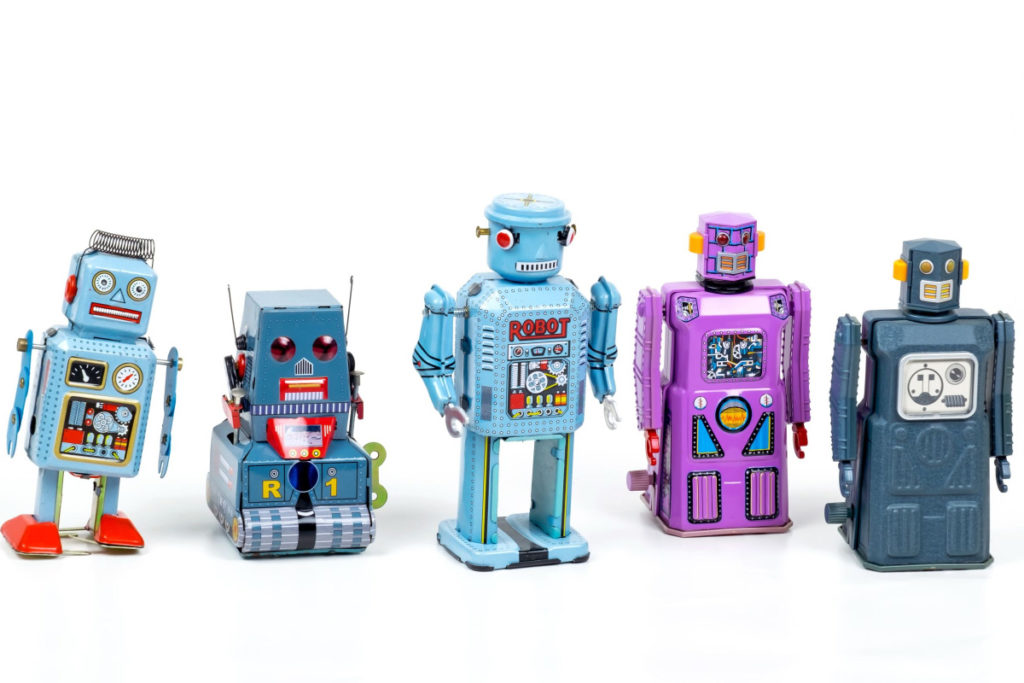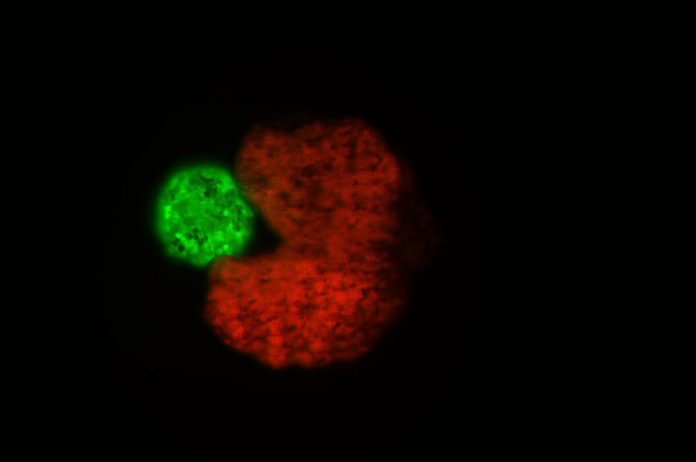So it turns out, one of the last bastions of human advantage we had left against our robot overlords is now something they can do, too. No, I’m not talking about dancing the Macarena (they can already do that); I’m talking about reproduction.
The same US scientists who created the world’s first living, self-healing robots known as xenobots have now discovered that these bots can reproduce. And the scariest part is that they can reproduce in ways not already seen in plants or animals.
These xenobots, named after the African clawed frog (Xenopus laevis) in which they originated, were created last year from the frog’s stem cells. They only measure about a millimeter (0.04 inches) wide and they can walk, swim, survive for weeks without food, self-heal, and coordinate themselves into groups.
But the process in which these xenobots reproduce has shocked the researchers from the University of Vermont, Tufts University, and Harvard University’s Wyss Institute for Biologically Inspired Engineering who created these little devil spawn.
“I was astounded by it,” said Michael Levin, a professor of biology and director of the Allen Discovery Center at Tufts University who was co-lead author of the new research.
“Frogs have a way of reproducing that they normally use but when you… liberate (the cells) from the rest of the embryo and you give them a chance to figure out how to be in a new environment, not only do they figure out a new way to move, but they also figure out apparently a new way to reproduce.”
To further explain how this works, it’s important to note that there was no genetic manipulation involved. The scientists scraped stem cells from the frog embryos and let them incubate. These stem cells were allowed to develop into their own unique cells, leading to the question: are these truly robots or simply an entirely new type of living organism?
“Most people think of robots as made of metals and ceramics but it’s not so much what a robot is made from but what it does, which is act on its own on behalf of people,” said the study’s lead author, Josh Bongard, who also serves as a computer science professor and robotics expert at the University of Vermont.
The robotic organisms initially had trouble reproducing more than rarely during certain circumstances, so the researches used artifical intelligence to help make the process more efficient. The result was a reforming of the robots into C-shaped organisms (yes, like Pac-Man) that could literally eat the stem cells by the thousands and pop out a new xenobot.
“The AI didn’t program these machines in the way we usually think about writing code. It shaped and sculpted and came up with this Pac-Man shape,” Bongard said.
“The shape is, in essence, the program. The shape influences how the xenobots behave to amplify this incredibly surprising process.”
Yes. It will be especially surprising when they take over the world, but the scientists say there’s nothing to worry about because the living machines are contained in a lab and regulated by “ethics experts.”
That’s never gone wrong before, right?
Want to chat about all things post-apocalyptic? Join our Discord server here. You can also follow us by email here, on Facebook, or Twitter.



Leave a Reply